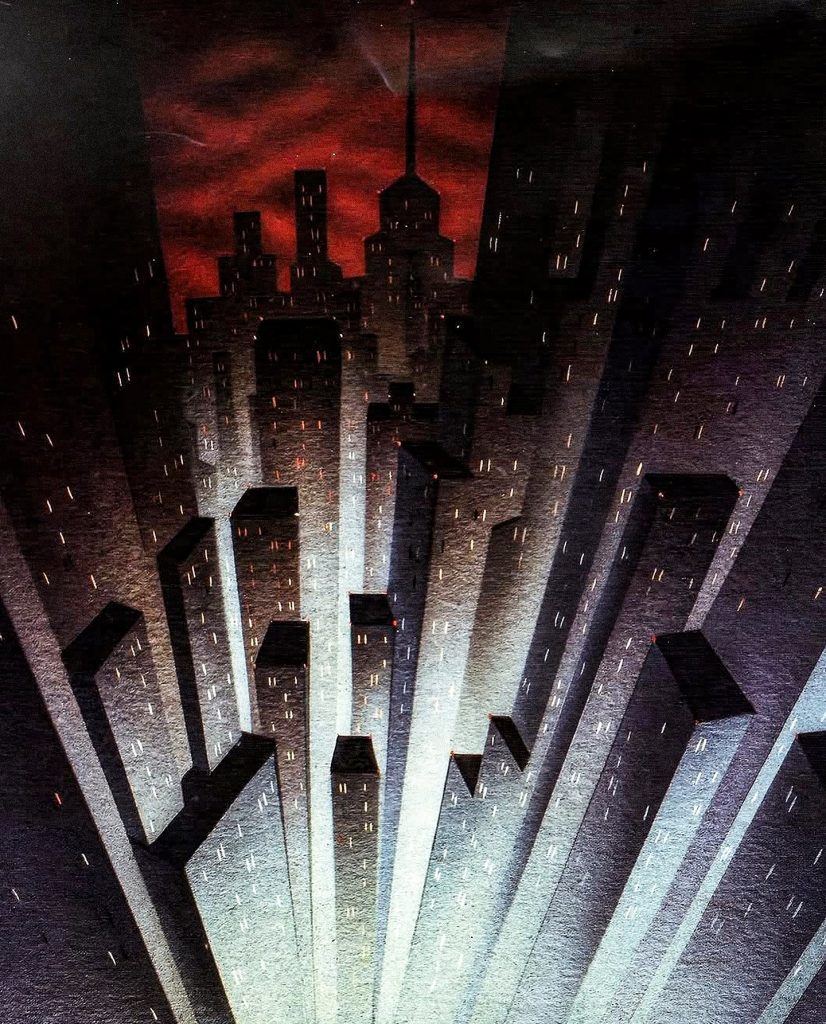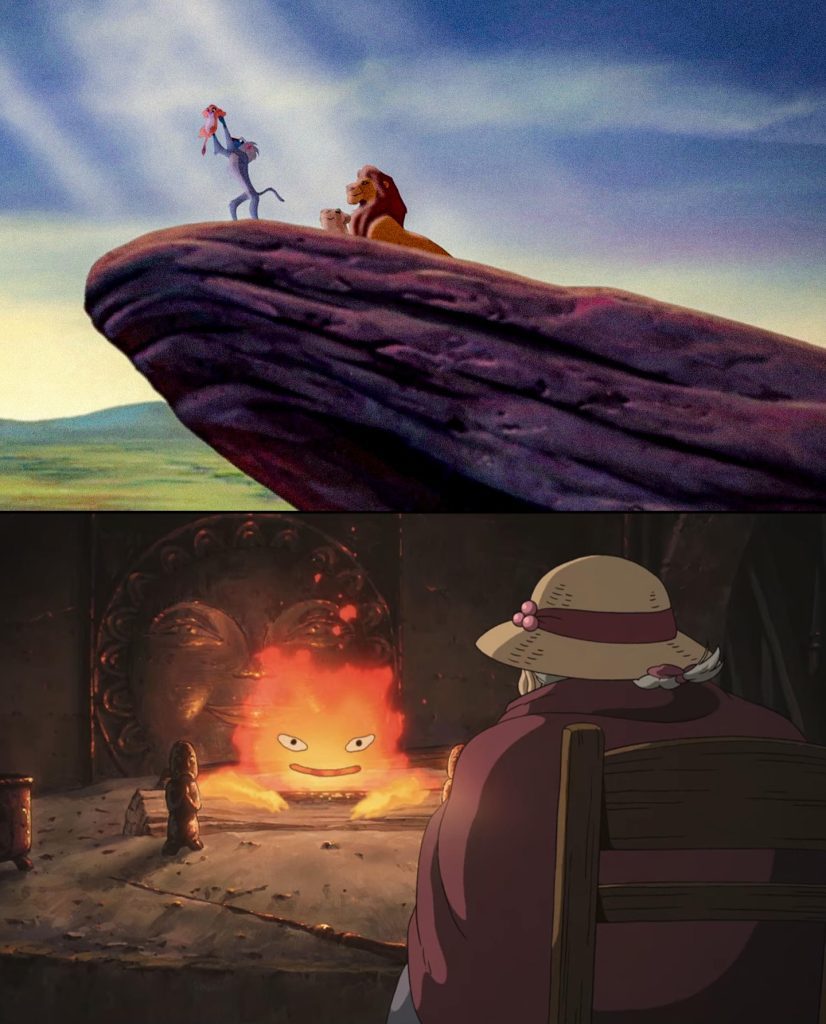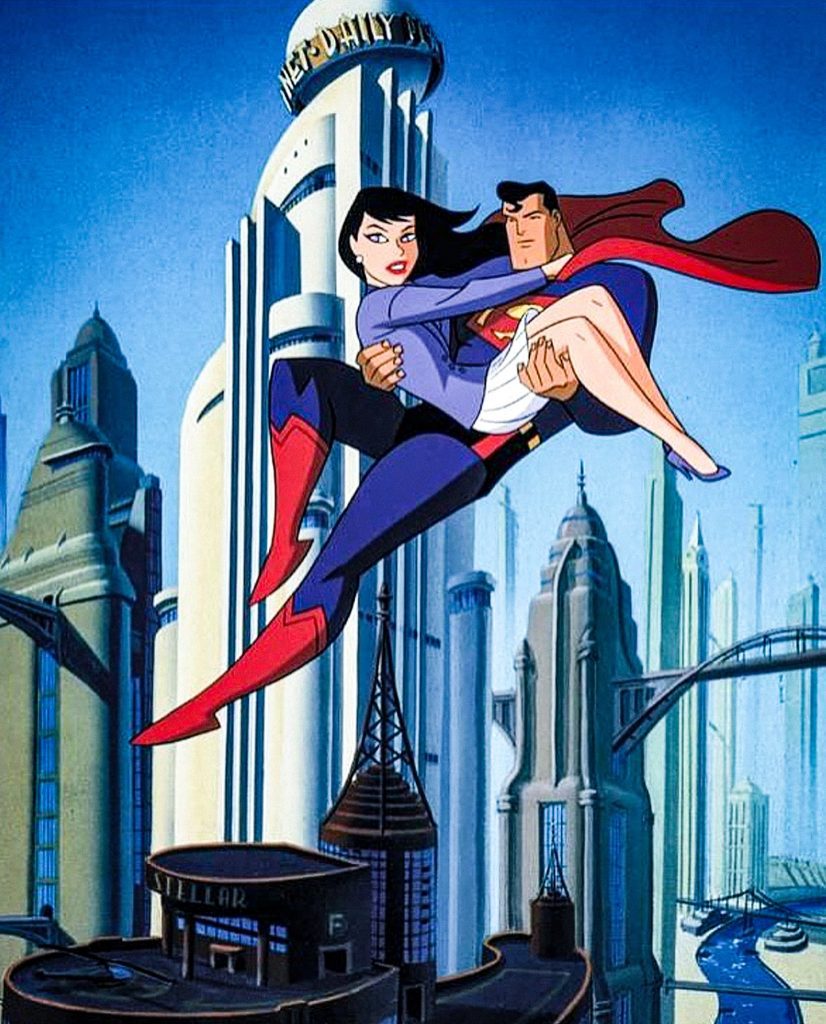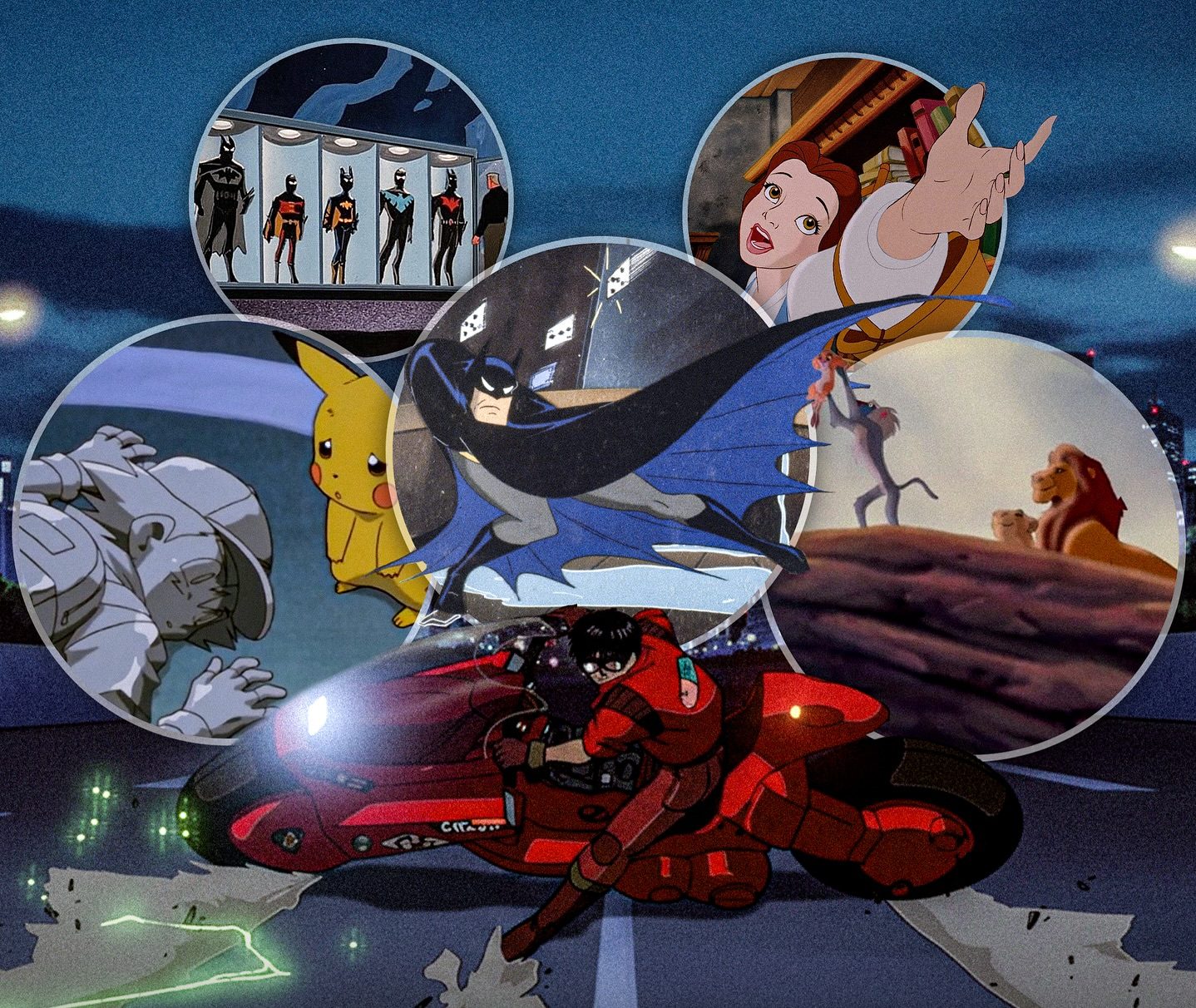Cartoons Painted by Hand Have a Magic No Computer Will Ever Truly Replicate — The Soul, Sweat, and Timeless Beauty of Traditional Animation
There’s something almost sacred about old hand-painted animation. It carries a warmth that feels alive, as if each brushstroke holds the heartbeat of the artist behind it. Before computers streamlined everything, every frame of an animated film was crafted with human patience — drawn, colored, and layered by hand on transparent sheets called cels. When light passed through those painted layers onto film, it created a kind of depth that digital animation still can’t quite mimic. You could see the imperfections — the slight shake of a hand, a flicker of brush texture — and yet those flaws became the soul of the picture.

Think about The Lion King, Beauty and the Beast, Batman: The Animated Series, or Akira. Each one came from hundreds of thousands of individual paintings, created by teams of artists who spent years bringing those stories to life frame by frame. Akira alone used more than 160,000 hand-painted cels, one of the highest counts in animation history, just to achieve its glass-smooth motion. Every shadow on Kaneda’s bike, every neon reflection in the rain — it was all done manually, painted with precision under hot studio lamps. It wasn’t just work; it was devotion.

What made traditional animation so special wasn’t just the look — it was the process. Each artist poured emotion into their frames, shaping worlds with brushes and pigment. They didn’t have the luxury of “undo” buttons or real-time previews. Mistakes meant starting over. But that struggle gave the art its character. When Belle reached out toward the Beast in Beauty and the Beast, or when Simba stood on Pride Rock with the sunrise behind him, the colors carried a tangible warmth, born from human touch. That physicality created emotion in ways pixels never could.

In Japan, studios like Studio Ghibli still carry that flame. Hayao Miyazaki famously said that computers can assist, but they can never replace the human hand. You feel that when you watch Spirited Away or My Neighbor Totoro — the subtle flicker of light, the softness of movement, the quiet imperfections that remind you this was drawn by someone who felt what they were creating. Even Pokémon’s early series, with its slightly rough edges and paint-layered shading, feels more nostalgic and real than the polished glow of modern digital remakes.

Today’s animation, of course, is breathtaking in its own right. The detail in 3D films from Pixar or DreamWorks is unmatched, and technology has opened creative doors that were once impossible. But something gets lost when perfection takes over. Hand-painted animation had a heartbeat, a rhythm shaped by time and patience. It was slower, yes, but it breathed. Computers can simulate brushstrokes, texture, and light, but they can’t replicate the emotional fingerprints left by the people who once painted those worlds into existence.

For many fans, watching a traditionally animated scene is like stepping into a living painting. There’s nostalgia in it, but also awe — knowing that every frame was a small miracle of craftsmanship. It’s a reminder of an era when animation wasn’t just a medium; it was a performance of endurance and beauty, played out over thousands of drawings.

Even as the industry embraces digital tools, the legacy of hand-painted animation endures. It taught us that art doesn’t need to be perfect to be powerful. Sometimes, it’s the visible brushstroke, the uneven line, or the shimmer of watercolor that makes something timeless. In a world racing toward automation, hand-drawn cartoons stand as proof that the human touch — no matter how small — will always be the real magic behind the screen.

